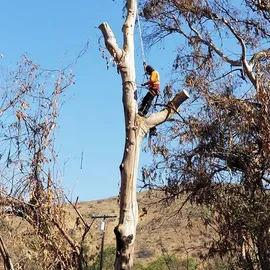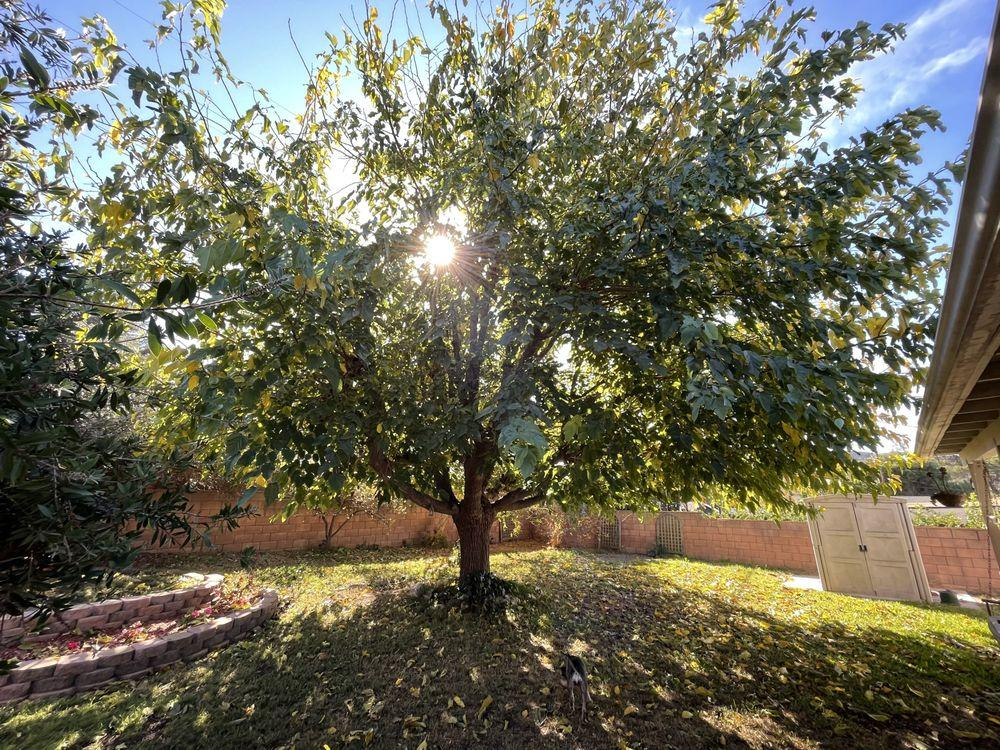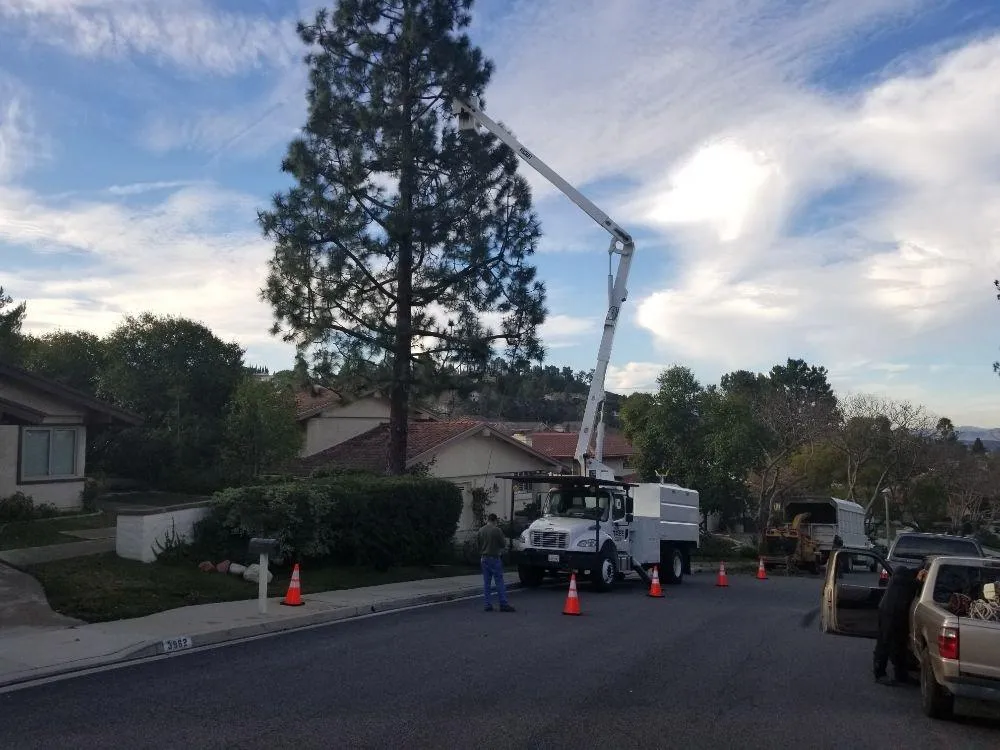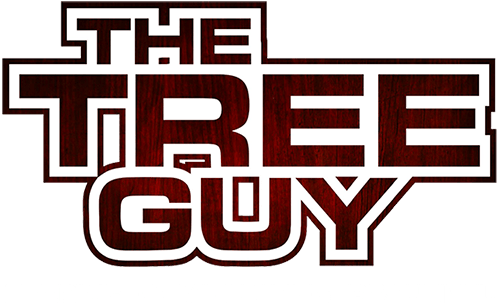The Tree Guy Blog

Trees are a valuable part of any landscape, offering beauty and environmental benefits. However, there are times when tree removal is necessary for safety, property maintenance, or overall landscape health. Professional tree removal ensures that the job is done safely and efficiently. At The Tree Guy, we provide expert tree removal in the greater Ventura, CA area. Here are four common reasons that trees need to be professionally removed. Structural Instability A tree with significant structural damage poses a serious risk to people and property. Storms and high winds can weaken a tree’s limbs or trunk, making it prone to falling. Cracks, splits, or leaning are signs of instability that should be addressed by a professional arborist. Removing an unstable tree before it collapses can prevent costly damage and injuries. Disease and Pest Infestation Trees that are severely affected by disease or pests often require removal to protect the surrounding landscape. Fungal infections, rot, or infestations by insects like termites or bark beetles can spread quickly, compromising the health of nearby trees. When treatment is no longer effective, professional removal helps prevent the spread of the problem and maintains the overall health of the property. Encroachment on Structures As trees grow, their roots and branches can extend too close to homes, driveways, and utility lines. Overgrown roots can crack foundations, lift sidewalks, and interfere with plumbing, while large branches may pose a hazard to roofs and power lines. If a tree is causing structural damage or creating a safety concern, removal may be the best option to prevent costly repairs and potential accidents. Dead or Dying Trees A tree that is dead or in the advanced stages of decline no longer contributes to the landscape and can become a liability. Dead trees are brittle and more likely to fall unexpectedly, posing a serious hazard to people and property. Removing a dead or dying tree promptly helps maintain the safety and aesthetics of the property while allowing space for new, healthy growth. Tree Removal in Ventura, CA When you need tree removal in Ventura and the surrounding area, contact The Tree Guy at (805) 254-6682 . Feel free to give us a call to ask for an arborist estimate in Ventura, CA!

Trees add beauty and shade to your property, but when they grow too large or become unhealthy, they can pose serious risks to your home. It’s important to be aware of the signs that a big tree may be threatening your property so that you can take action before an accident occurs. At The Tree Guy, our local arborists can identify dangerous trees and remove them as needed. Here are four signs that a large tree may be dangerous to your home. Large Cracks or Holes in the Trunk The trunk of a tree is its central support, and any signs of damage to it should be taken seriously. Large cracks or holes in the trunk can weaken the structural integrity of the tree, making it more likely to fall or break apart in strong winds or storms. If you notice any large visible cracks or significant cavities in the tree’s trunk, it may be an indication that the tree is unhealthy or structurally compromised. In these cases, it’s important to consult with an arborist to assess the risk. Significant Leaning A tree that is leaning in a specific direction can be a significant hazard, especially if it leans toward your home. While many trees do naturally grow at slight angles, a pronounced lean could indicate that the tree’s root system is damaged or that it’s been weakened by disease or weather. If the tree is leaning toward your house or any structures on your property, it’s critical to have it evaluated by a professional. If left unaddressed, a leaning tree could eventually topple, causing major damage to your home. Dead or Dying Branches Dead, dying, or hanging branches are a major sign that a tree may pose a threat to your home. These branches can fall at any time, especially during storms or high winds. Overhanging branches that are too close to the roof, windows, or power lines are particularly concerning, as they could cause physical damage or even create fire hazards if they touch electrical wires. If you notice any large dead branches, it’s important to have them trimmed back or removed. Root Damage or Exposure The roots of a large tree are essential for stability and nourishment. If you notice that the roots are exposed, damaged, or pushing up through the soil, it can indicate that the tree is struggling or unstable. When the roots are compromised, the risk of the tree uprooting increases. If you spot signs of root damage near your home or foundation, it’s a good idea to call an arborist for an evaluation. Tree Removal in Ventura, CA When you need tree removal in Ventura, CA and the surrounding area, contact The Tree Guy at (805) 254-6682 . Feel free to give us a call to request an arborist estimate in Ventura, CA!

Trees are susceptible to various health issues that can weaken them or even lead to their demise. But proper care and preventive maintenance can help trees thrive for decades. At The Tree Guy, we provide tree care in Ventura, CA that will help to keep your trees in strong health. Here are five tips to keep your trees healthy and free from serious problems. Regular Pruning for Strong Growth Pruning is crucial for maintaining a tree’s structure and health. Removing dead, diseased, or weak branches helps prevent the spread of infections and allows the tree to direct its energy toward healthy growth. Proper pruning also improves air circulation, reducing the risk of fungal diseases. However, improper pruning can be harmful, so it’s best to entrust the work to a professional arborist to ensure your tree gets the right care. Provide Adequate Watering Water is essential for tree health, but improper watering can lead to problems. Young trees need consistent watering to establish strong root systems, while mature trees often rely on natural rainfall. However, during droughts, even well-established trees need supplemental watering. Deep watering encourages deep root growth, making trees more resilient. Avoid overwatering, as excessive moisture can lead to root rot and fungal infections. Monitor for Pests and Diseases Many tree health issues stem from pest infestations and diseases. Regularly inspecting your trees for unusual leaf discoloration, holes in the bark, or oozing sap can help you catch problems early. If you notice signs of infestation or disease, treating the issue promptly can often prevent long-term damage. Proper Soil Health Healthy soil is the foundation of a strong tree. Trees absorb nutrients from the soil, so poor soil conditions can lead to stunted growth and increased vulnerability to disease. Regularly testing your soil for nutrient levels and pH balance, and amending it accordingly, helps ensure that it provides the necessary support. Protect Trees from Mechanical Damage Physical damage from lawnmowers, construction, or vehicles can create open wounds that invite disease and pests. Avoid compacting the soil around tree roots by limiting the use of machinery in the area, as compacted soil can restrict root growth. Tree Care in Ventura, CA When you need an arborist in Ventura and the surrounding area, contact The Tree Guy at (805) 254-6682 . Feel free to give us a call to ask for an arborist estimate in Ventura, CA!

Healthy trees are vital to our environment, offering shade, beauty, and cleaner air. But when a tree starts to die, it can become a serious safety risk. Recognizing the signs early is crucial for preventing hazards such as falling branches or tree collapse. At The Tree Guy, our local arborists can identify dying trees and then safely remove them as necessary. Here are five indications that a tree may be dying. Decaying Bark Healthy bark is firm, with a consistent texture and color. When a tree starts dying, its bark may become loose, cracked, or fall off in large chunks. You might also notice cankers or areas where the bark is sunken or missing. Fungi growing on the bark can also indicate internal decay. Sparse or Discolored Leaves Leaves are one of the clearest indicators of a tree's health. If a tree's leaves are sparse or discolored during the growing season, it may be struggling. Yellow or brown leaves outside of their normal seasonal cycle often point to root damage, poor nutrient absorption, or disease. Also, if only certain sections of the tree display these symptoms, it could indicate localized damage or infection. Dead or Falling Branches Dead branches are another common sign of a dying tree. When branches fail to produce leaves or fall off easily, it indicates that the tree is redirecting its limited resources to healthier sections. Large numbers of dead branches, especially those falling without strong winds or storms, suggest advanced decay or disease within the tree. Fungal Growth at the Base Fungi are often a symptom of internal rot or decay in trees. If you notice mushroom-like growths at the base of the trunk or along major roots, it's a warning sign that the tree's structural integrity is compromised. These fungal organisms can break down the tree's internal matter, weakening it from the inside out. Leaning or Unstable Structure While some trees naturally grow at an angle, a sudden lean or noticeable shift in the tree's position is a major warning sign. This can indicate root damage or a weakening trunk. Exposed roots further suggest instability. Such trees pose significant risks and may require immediate intervention from the arborist. Tree Removal in Ventura, CA When you need tree removal in Ventura and the surrounding area, contact The Tree Guy at (805) 254-6682 . Feel free to give us a call to ask for an arborist estimate in Ventura, CA!


